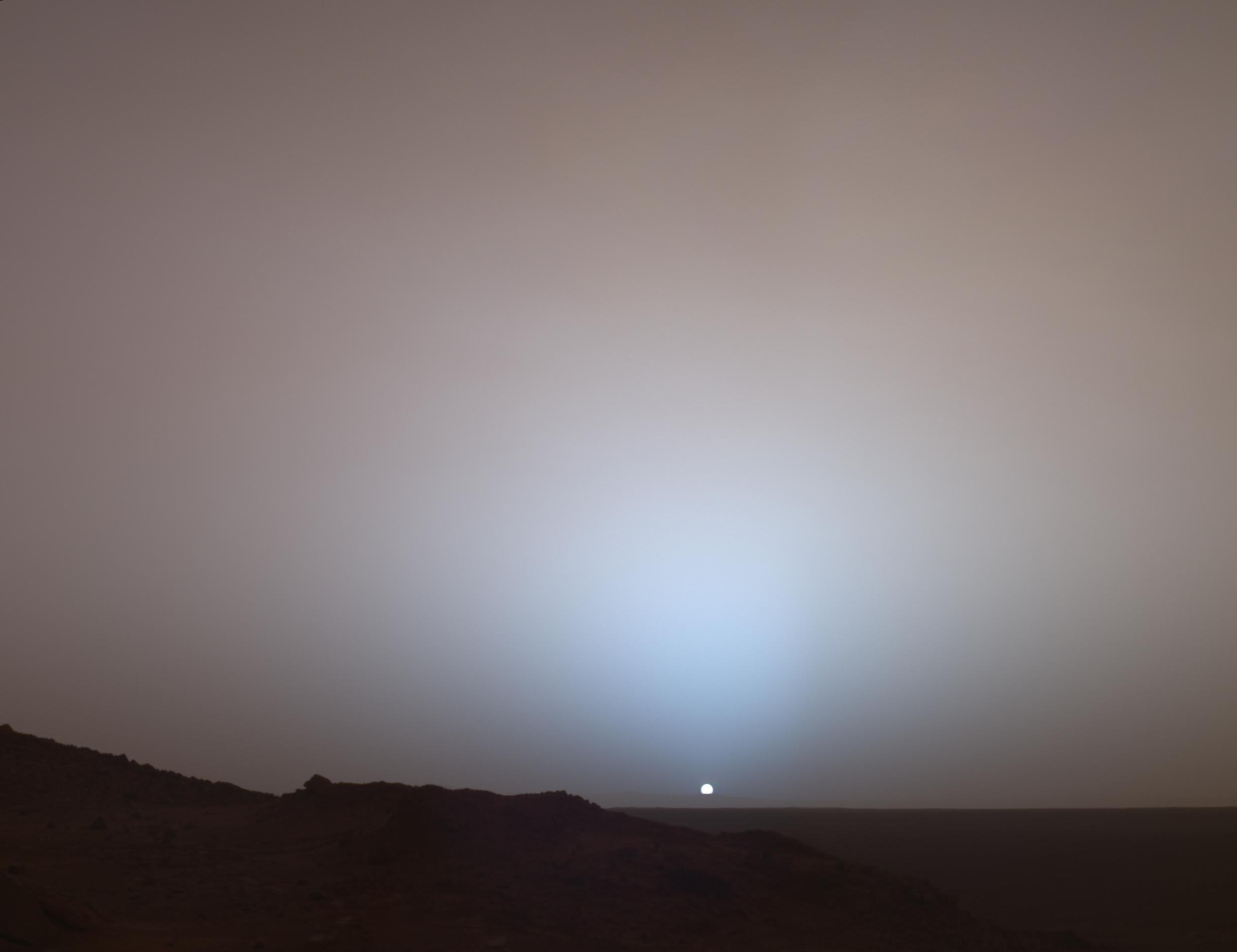20 years ago today on on June 10, 2003, NASA’s Spirit rover lifted off from Cape Canaveral and began its 7-month journey to Mars. It left Earth one month before its twin, Opportunity as part of the collective “Mars Exploration Rovers” mission. At that time, only one rover had successfully operated on the surface of Mars*—the microwave-sized Sojourner, which arrived in 1997 onboard the Pathfinder lander. This landing was just months after the arrival of NASA’s Mars Global Surveyor spacecraft in orbit. Beyond these two missions however, the 1990s/early 2000s weren’t kind to humanity’s attempts to get to the Red Planet.
Read more: The Legacy of Spirit: 5 Major Contributions to Mars Science by Tanya Harrison

